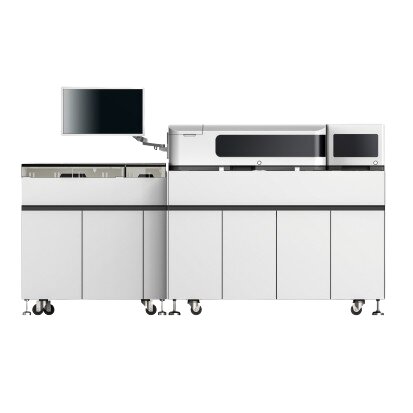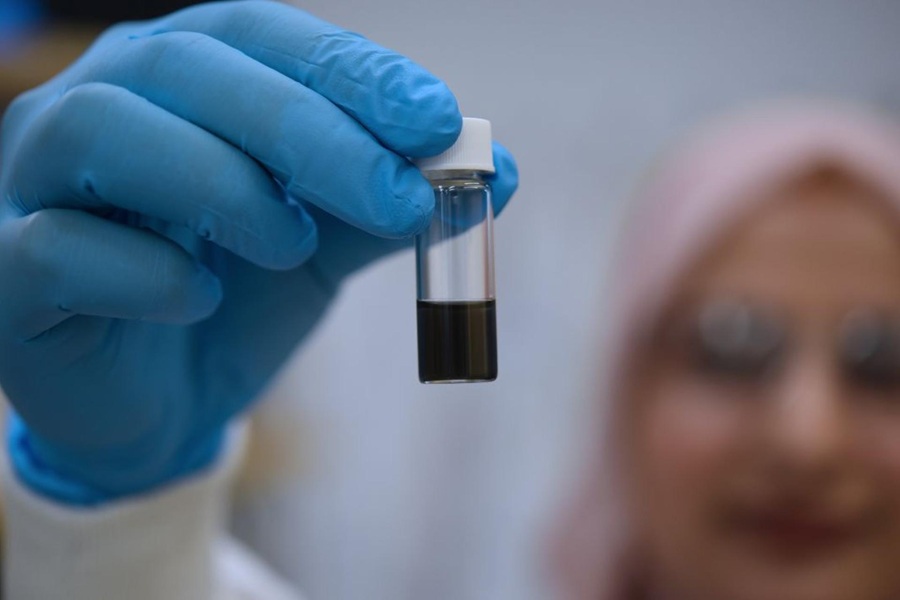Molecular Method Assesses Genetic Risk for Celiac Disease
By LabMedica International staff writers
Posted on 21 Mar 2011
Molecular technology and electrophoretic methods are useful in assessing the genetic risk of developing Celiac Disease (CD).Posted on 21 Mar 2011
The combination of polymerase chain reaction (PCR) technology and capillary electrophoresis enables the specific genotyping that is associated with those who are gluten intolerant.
Scientists at Malmö University, (Malmö, Sweden), have developed a semiautomated sequence specific primer (SSP) PCR method for clinical human leukocyte antigen (HLA) typing and compared the test results with those from a commercial method. Primers for each DQA1 and DQB1 allele group were included in the PCR-SSP reaction to allow differentiation of homozygous from heterozygous carriers of risk alleles. Primers detecting the tightly linked DRB1 alleles were included to resolve potentially ambiguous results.
Fluorescently labeled PCR products of 119 clinical samples were analyzed by capillary electrophoresis, and results were compared to those previously obtained from the DELFIA Type 1 Diabetes Genetic Predisposition assay (PerkinElmer; Waltham
MA, USA). The risk assessment derived from the two methods was 100% concordant. One previously unreported haplotype was detected and haplotype assignments in two of the 119 samples were improved from previous reports.
The authors concluded the use of three PCR reactions and a single electrophoretic step is a high-throughput HLA typing method that accurately distinguishes risk alleles for CD while providing equal or better resolution than many available commercial kits. This method is therefore well suited for clinical use to negate the possibility of CD. Although the presence of a known risk allele lacks specificity for CD, the absence of all known risk alleles has a high negative predictive value, thus obviating the need for additional diagnostic testing. The study was published online on January 8, 2011, in Clinica Chimica Acta.
Related Links:
Malmö University
PerkinElmer







 assay.jpg)






